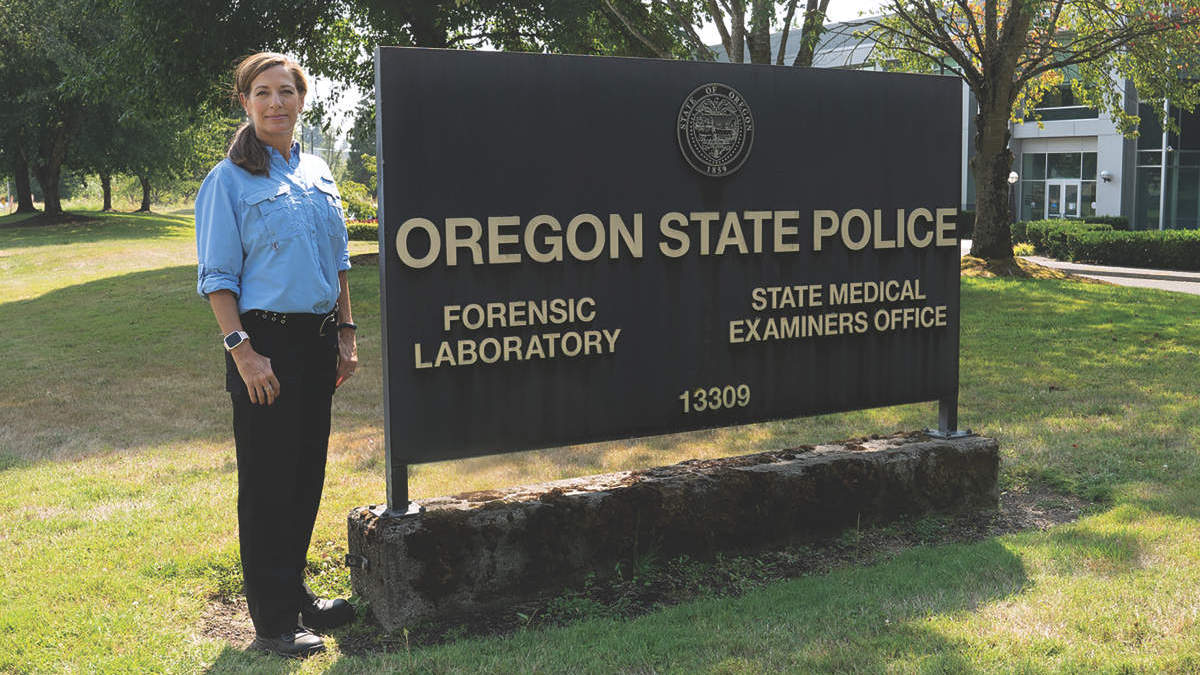Solving the case of Baby Boy Doe
A cold case out of Oregon involving a male individual who had gone missing after a fishing trip in 1998 would be the first case solved using a new DNA technology - Kintelligence.
The case was re-opened in 2020, when Vance sent a single tooth to DNA Labs International for analysis. "They were very well versed in extracting degraded bone and decomposed tissue samples and we liked the fact that they had developed some robust methodologies," Vance says.
In the GEDmatch analysis, DNA Labs hit upon the family members of a man, Kenneth Heasley. He drowned in 1998 along with his friend, Gary Gelsinger when their boat capsized. Both their remains washed ashore soon after, but only Gelsinger had an ID on him. It took nearly a quarter-century before forensic technology advanced enough to identify Heasley’s remains.
An even older cold case was solved with the help of Parabon Nanolabs, the National Center Missing and Exploited Children (NCMEC) and the use of forensic genetic genealogy (FGG). In 1963 a toddler bundled in a quilt was found in a reservoir Jackson County, southern Oregon. At the time, “investigators used everything in their power to try and determine who this little boy was,” but they had no success. They ended up burying him in a burial plot. They called him Baby Boy Doe.
Though the case had been revisited time and time again by law enforcement in Jackson County, “we knew we had new DNA resources at that point that could provide more information on this little guy,” Vance says.
Working with Parabon NanoLabs, they uploaded his DNA profile to GEDmatch, and NCMEC created and nationally distributed a reconstructed illustration of his face, hoping to trigger someone’s recollection. FGG is a new method of identification that uses public genetic databases such as Family Tree and GEDmatch to find family members of the unidentified person to home in on their identity. FGG essentially applies the same technology these platforms use for criminal casework.
“Thanks to FGG, we were able to narrow down what family he came from,” Vance says. Investigators then approached family members and asked if a little boy had gone missing way back in 1962. One family member who remembered such a boy agreed to provide an oral swab DNA sample for kinship inference testing, and turned out to be the child’s half-sibling. Soon enough, they identified the child: 2-year-old Stevie Crawford, who’d been born in New Mexico in 1960. His family had moved to Jackson County shortly before his death, and they left again soon after he died. While his identity has been confirmed, the circumstances of his death remain unknown.
“Solving that cold case was bittersweet,” Vance says. “A relative came forward and told us about how she had loved Stevie Crawford. She had played with him every day. Those types of memories from a family member are really poignant. I was honored to be a part of solving his case, but it was also profoundly sad to finally realize who he was and what his very short life might have been like.”




